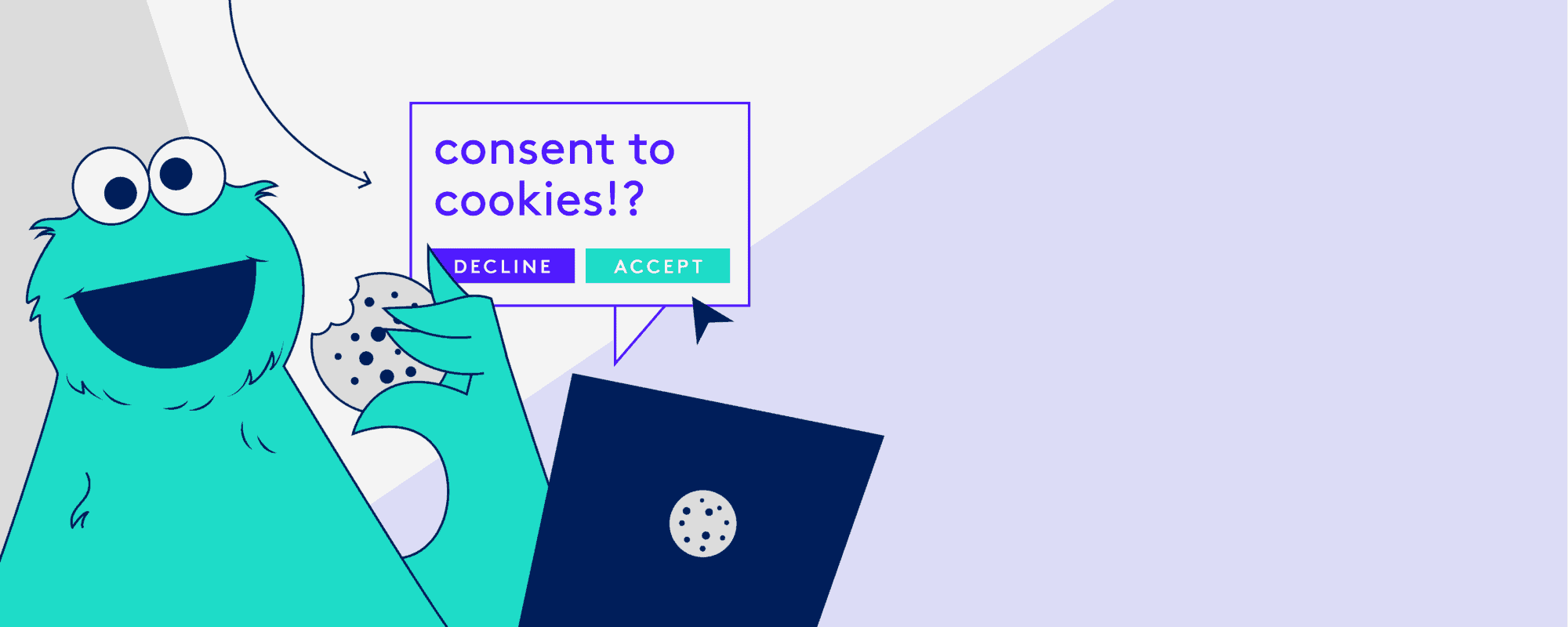
How To Nurture Buyers After GDPR: Maximize Every Marketing Moment
May 25, 2018 was a historic day for B2B marketers. It’s the day GDPR came into effect. While some saw this as a reason to panic (“EEK! I’ll lose half my database!”), more savvy marketers saw it as an opportunity.
According to an EMEA-wide Deloitte survey, 61% of respondents believe GDPR has its benefits. Of those, 21% expect significant benefits including competitive advantage, improved reputation, and business enablement.
So, how can marketers take advantage of these benefits by catching and holding audience’s attention to prove their company’s value and earn those opt-ins?
I recently had a conversation with Dr. Christian Weichelt, Global Head of Digital Marketing at SAP Cloud ERP, to explore this very question. We discussed tactics marketers can use that actually make GDPR work to your advantage, rather than seeing it as a limitation.
“We’re overcoming the GDPR challenge. But for us, it’s actually a real chance to become more customer-obsessed and to deliver the customer experience our buyers expect today. They expect an experience like the Amazons and Spotifys and Netflixes of this world.” –Dr. Christian Weichelt, Global Head of Digital Marketing at SAP Cloud ERP
Content activation is the key to marketing post-GDPR
According to Google’s Zero Moment Of Truth macro study, 88% of buyers consume 10.4 pieces of content before they are ready to make a big purchase. With large B2B purchases, you can have buying committees of 10 or more people… so you do the math – that’s a lot of content!
Previous B2B tactics earn you what we call a 1:1 click-to-content ratio. Send one email with one eBook. Promote one social post leading to one blog post. Link to one analyst report from the resources section of your website. And so on.

In a post-GDPR world, it’s harder to earn your audience’s attention and trust. Many of the tactics in the B2B marketing toolbox – like incessant emails and retargeting – yield diminished results in a world where privacy is paramount. Simply put, this catch and release approach simply won’t cut it. It’s much more efficient to take a 1-to-many approach, meaning offering a critical volume of content with every hard-earned click. This way, rather than losing your buyer’s attention after they consume a single content asset, you keep it by offering more relevant content in a seamless experience. This is what we call Content Activation.
And it’s what our buyers expect, even at work. They are used to on-demand experiences like YouTube and Netflix. So, it’s time B2B moved beyond ‘cable TV’-like content experiences to meet the modern B2B consumer’s rising on-demand expectations.
 It’s time to embrace customer-centricity
It’s time to embrace customer-centricity
The key to building trust is to put your buyers at the center of your marketing. In a world of growing skepticism and tight privacy laws, you can’t automatically expect buyers’ trust – you have to earn it. And to do that you must prove your value before asking for buyers’ consent to collect their data and contact them. By offering your prospects an active content experience, they have the opportunity to consume some information and show genuine interest before being asked to opt- in.
With more than 7 months of GDPR under our belts, forward-thinking marketers are thriving using this approach.
How SAP Cloud ERP is changing the game through GDPR and customer obsession
Dr. Christian Weichelt and the SAP Cloud ERP team are finding great success under GDPR. They prove that, by always building marketing experiences around the customer, you can overcome any challenge: “By earning the permission of people to engage with them and understanding the context of their account, this is where the on-demand experience has a crucial role,” he said during our discussion.
Demand gen challenges in times of GDPR
- Lack of permission: shrinking marketable databases
- Limits of engagement: since B2B marketers produce more content than digital real estate in the buyer journey
- Level of insight: restricted due to limited touch points and permissions
On-demand experiences are key to improving overall customer experience and demand generation
SAP Cloud ERP overcomes these challenges but ensuring their customer experience is on-demand. This means letting the customer decide what they want and when they need it. To achieve this, the company had to re-architect the entire buyer experience with their brand so they can capture their buyer’s attention when it actually matters. Christian and his team brought their vision for on-demand marketing to life by using PathFactory to offer more of what matters in the moments they have their prospects’ attention.
Watch the full webinar to find out exactly how they did this!
In short: On-demand is the new black
“Feels to me that on-demand nurture is on-demand everything. It’s something we should care much more about.”
In the webinar, Christian explains why all marketers should care more about “on-demand everything” as he calls it. And embracing an always-on, on-demand approach to your marketing is the best way to use GDPR to your advantage:
- Customers get the content they want and need at their convenience and pace. No more waiting a week for a nurture touch to consume the ‘next best asset’.
- Content consumption data can easily support a more robust form strategy. Using PathFactory, SAP Cloud ERP only serves a form once a prospect has consumed a specific number of assets and they know they have a genuine interest in learning more.
- Following up in the context of behavior drives much higher engagement rates. Listening to the topics and type of content a prospect is interested in allows you to serve much more relevant content for their stage in the buying process.
